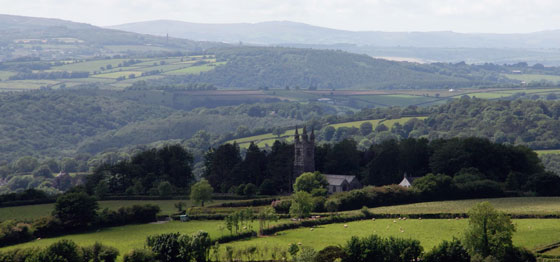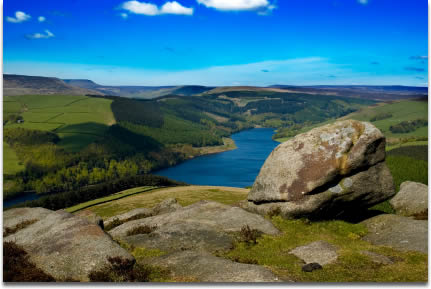- Study in AustraliaAustralian Universities/CollegesPrograms by faculty AusAustralian VisasLife in Australia
- Study In New ZealandNew Zealand UniversitiesPrograms by Faculty NZNew Zealand VisasLife in New Zealand
- Study in CanadaUniversities/Colleges in CANADAPrograms by faculty CanadaCanadian VisasLife in Canada
Geography
| Geography of England | |||
| England is made up of about 65% of the island of Great Britain as well as the Isle of Wight and the Isles of Scilly. Scotland borders England to the north and Wales to the west. The Irish Sea, Atlantic Ocean and North Sea surround England, granting it an extensive coastline. This contributes to its natural abundance, popularity amongst locals and tourists and transport system.England covers approximately 130 410 square kilometres or 50 356 square miles and has a population of just under 60 million people.
| | ||
| England can be divided into:
| |||
 | |||
| England makes extensive use of its inland waterways, such as its rivers. The Thames River, Mersey River and Tyne River are particularly important as they have formal ports in London, Liverpool and Newcastle respectively. When the tide is high, ships can travel along these rivers and into the ports. The Thames River is also the country’s longest at 346 kilometres in length.
| |||
For more information, please contact one of our offices
Study in Australia | Study in the UK | Study in Malaysia | Study in Canada | Study in the USA | Study in New Zealand














